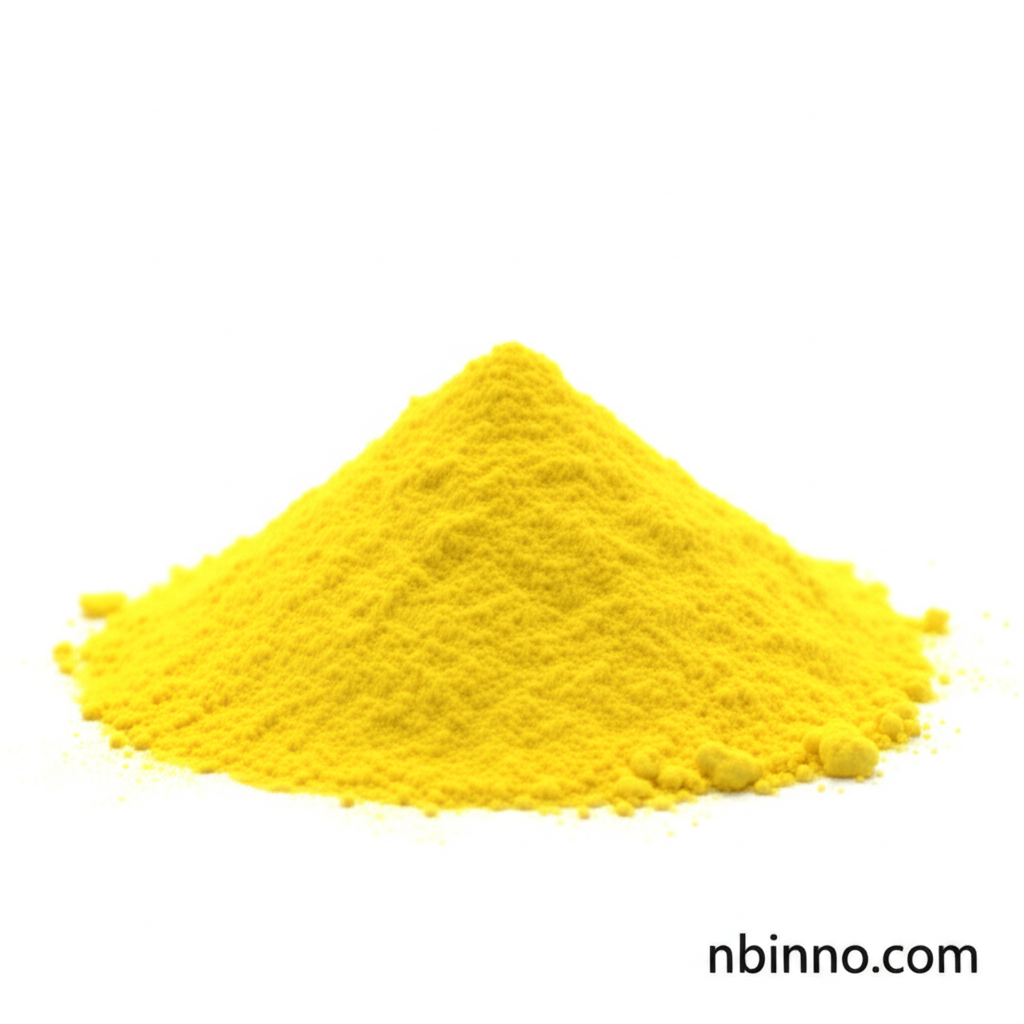2-Bromo-3-nitrotoluene: Chemical Properties, Applications, and Sourcing for Organic Synthesis
Discover the essential properties and versatile applications of 2-Bromo-3-nitrotoluene (CAS: 41085-43-2). As a key intermediate in organic synthesis, this compound is vital for pharmaceutical, agrochemical, and material science advancements. Explore its detailed specifications, reactivity, and find reliable suppliers for your R&D and manufacturing needs.
Get a Quote & SampleYour Trusted Source for High-Purity Organic Intermediates

2-Bromo-3-nitrotoluene
We are a leading manufacturer and supplier of 2-Bromo-3-nitrotoluene (CAS: 41085-43-2) in China. Our commitment to quality ensures a product with ≥98.0% assay, making it an ideal building block for complex organic synthesis. As a reliable supplier, we cater to the demanding requirements of the pharmaceutical and agrochemical industries.
- High Purity Intermediate: Supplying 2-Bromo-3-nitrotoluene with assay ≥98.0% for critical synthesis steps.
- Versatile Applications: A key building block for pharmaceuticals, agrochemicals, and specialty materials.
- Reliable Manufacturer: Benefit from stable supply and consistent quality from a trusted Chinese supplier.
- Bulk Availability: Efficiently source from milligrams to tons to meet your project scale.
Key Advantages of Sourcing with Us
Exceptional Purity and Quality
Our 2-Bromo-3-nitrotoluene is guaranteed to meet stringent quality standards, ensuring optimal reactivity and yield in your organic synthesis processes. We provide detailed specifications to support your R&D.
Cost-Effective Solutions
We offer competitive pricing for 2-Bromo-3-nitrotoluene, allowing you to manage costs effectively while securing a high-quality intermediate. Inquire about bulk purchase discounts from our China-based manufacturing facility.
Dedicated Supply Chain Support
As your trusted supplier, we ensure timely delivery and responsive customer service for all your 2-Bromo-3-nitrotoluene needs, supporting your research and production schedules.
Primary Applications and Research Areas
Pharmaceutical Synthesis
Utilize 2-Bromo-3-nitrotoluene as a critical intermediate in the synthesis of active pharmaceutical ingredients (APIs) and drug candidates. Its functional groups allow for diverse derivatization.
Agrochemical Development
Source this compound for the creation of novel pesticides, herbicides, and other crop protection agents. Its structure is beneficial for developing agrochemicals with targeted activity.
Material Science Innovation
Explore the use of 2-Bromo-3-nitrotoluene in the development of specialized polymers and advanced materials, leveraging its unique chemical structure for enhanced properties.
General Organic Synthesis
As a versatile building block, it is indispensable for researchers engaged in developing new synthetic methodologies and creating complex organic molecules.
